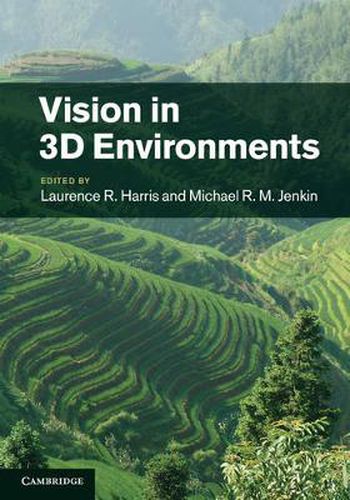Readings Newsletter
Become a Readings Member to make your shopping experience even easier.
Sign in or sign up for free!
You’re not far away from qualifying for FREE standard shipping within Australia
You’ve qualified for FREE standard shipping within Australia
The cart is loading…






Biological and machine systems exist within a complex and changing three-dimensional world. We appear to have no difficulty understanding this world, but how do we go about forming a perceptual model of it? Centred around three key themes: depth processing and stereopsis; motion and navigation in 3D; and natural scene perception, this volume explores the latest cutting-edge research into the perception of three dimension environments. It features contributions from top researchers in the field, presenting both biological and computational perspectives. Topics covered include binocular perception; blur and perceived depth; stereoscopic motion in depth; and perceiving and remembering the shape of visual space. This unique book will provide students and researchers with an overview of ongoing research as well as perspectives on future developments in the field. Colour versions of a selection of the figures are available at www.cambridge.org/9781107001756.
$9.00 standard shipping within Australia
FREE standard shipping within Australia for orders over $100.00
Express & International shipping calculated at checkout
Biological and machine systems exist within a complex and changing three-dimensional world. We appear to have no difficulty understanding this world, but how do we go about forming a perceptual model of it? Centred around three key themes: depth processing and stereopsis; motion and navigation in 3D; and natural scene perception, this volume explores the latest cutting-edge research into the perception of three dimension environments. It features contributions from top researchers in the field, presenting both biological and computational perspectives. Topics covered include binocular perception; blur and perceived depth; stereoscopic motion in depth; and perceiving and remembering the shape of visual space. This unique book will provide students and researchers with an overview of ongoing research as well as perspectives on future developments in the field. Colour versions of a selection of the figures are available at www.cambridge.org/9781107001756.